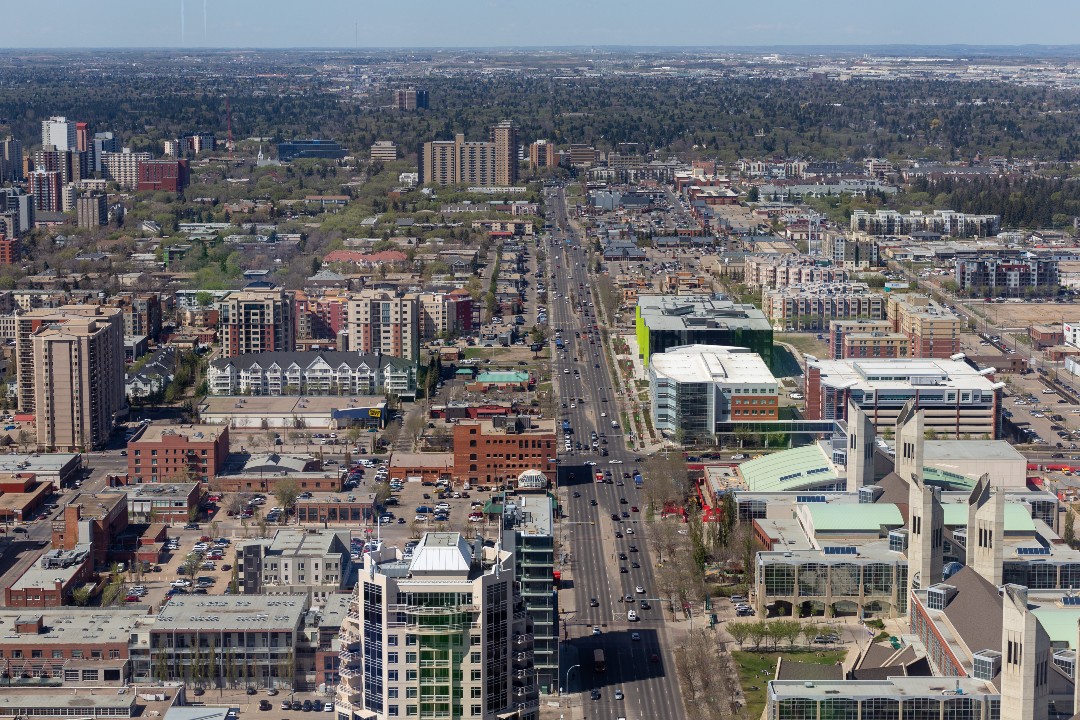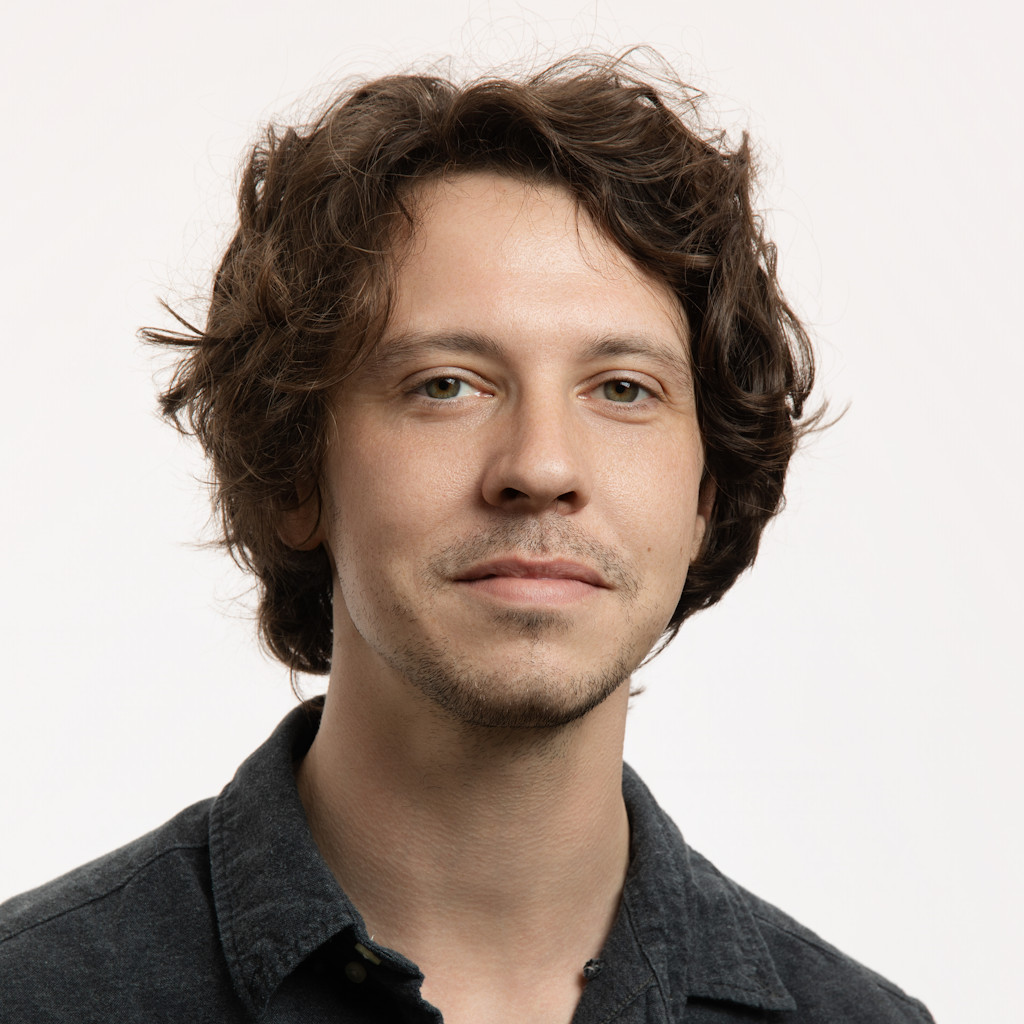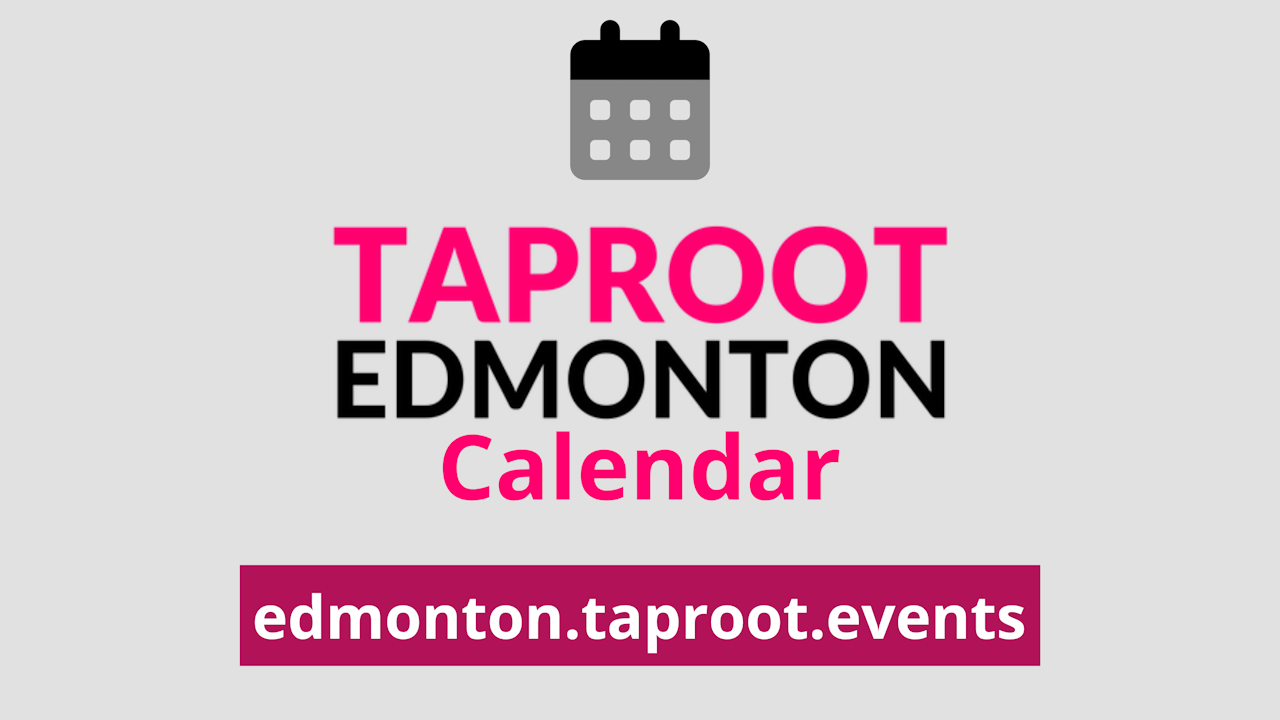
Edmonton seeks input on core properties ripe for redevelopment
The City of Edmonton intends to proactively rezone properties in parts of the city that it has determined are ideal for increased density, and it's asking for resident feedback on where larger, multi-family residential buildings and other amenities would work best in these spots.
"We've identified focus areas that we think have the greatest redevelopment potential," Lisa Drury, a senior planner at the City of Edmonton, told Taproot. "They're expected to experience the most near-term growth, so the City Plan directs the city to strategize, invest, and nurture these priority growth areas so that we have access to amenities, public services, and (we) really maximize the benefits of mass transit investment."
City administration has chosen three parts of the city, which it refers to as priority growth areas, or PGAs, for increased density in this project. They are parts of Wîhkwêntôwin (technically still called Oliver until 2025) and the 124 Street area; parts of 156 Street NW and Stony Plain Road NW, near future LRT stations; and parts of the Garneau neighbourhood close to the University of Alberta.
Not all properties within the targeted growth areas will be rezoned, and the city hasn't yet chosen which sites will be proactively rezoned. Instead, the city is inviting residents to offer feedback online until Sept. 2. Those interested can place pins on an interactive map to indicate which specific lots they think have the best potential to accommodate increased density. The feedback options even allow residents to point to where they think the tallest buildings should go, and where main-floor commercial bays should be required.
Though the city could proactively change zoning in this project rather than waiting for a developer to apply for it, there's no guarantee buildings will be built, Drury said. "If (the property) is selected and rezoned, it's up to the landowner to choose to redevelop their property or not." If a landowner doesn't want their lot to be selected for rezoning, Drury said the city will take that into consideration. Also, any rezoning application will still go to a city council public hearing in 2025, where councillors will hear from residents and debate it.
Drury said the city's goal with the project is to remove barriers and streamline development. "We do hope that (it) provides more certainty for the applicants and communities to the type of redevelopment that is expected and envisioned for these areas," she said. "There's the hope that it will incentivize landowners, if they choose to, to consider redeveloping their properties, to see more housing development business opportunities in some of these areas that align with that vision in the City Plan, and hopefully further catalyze demand and investment in these areas."
Nineteen PGAs are identified in the City Plan. The city said these areas were chosen first because they see high demand from potential residents, and to encourage more housing near mass transit. In particular, administration said it chose the Garneau area near the U of A because it found that rental vacancies in the area were at just 1% in 2023. The city said it also considered whether the PGAs had a higher proportion of applicants already trying to rezone lots.
Photo: Wîhkwêntôwin's section of 104 Avenue, where the Valley Line West will eventually serve, is one area the city has identified as fit for increased density. (Mack Male/Flickr)




